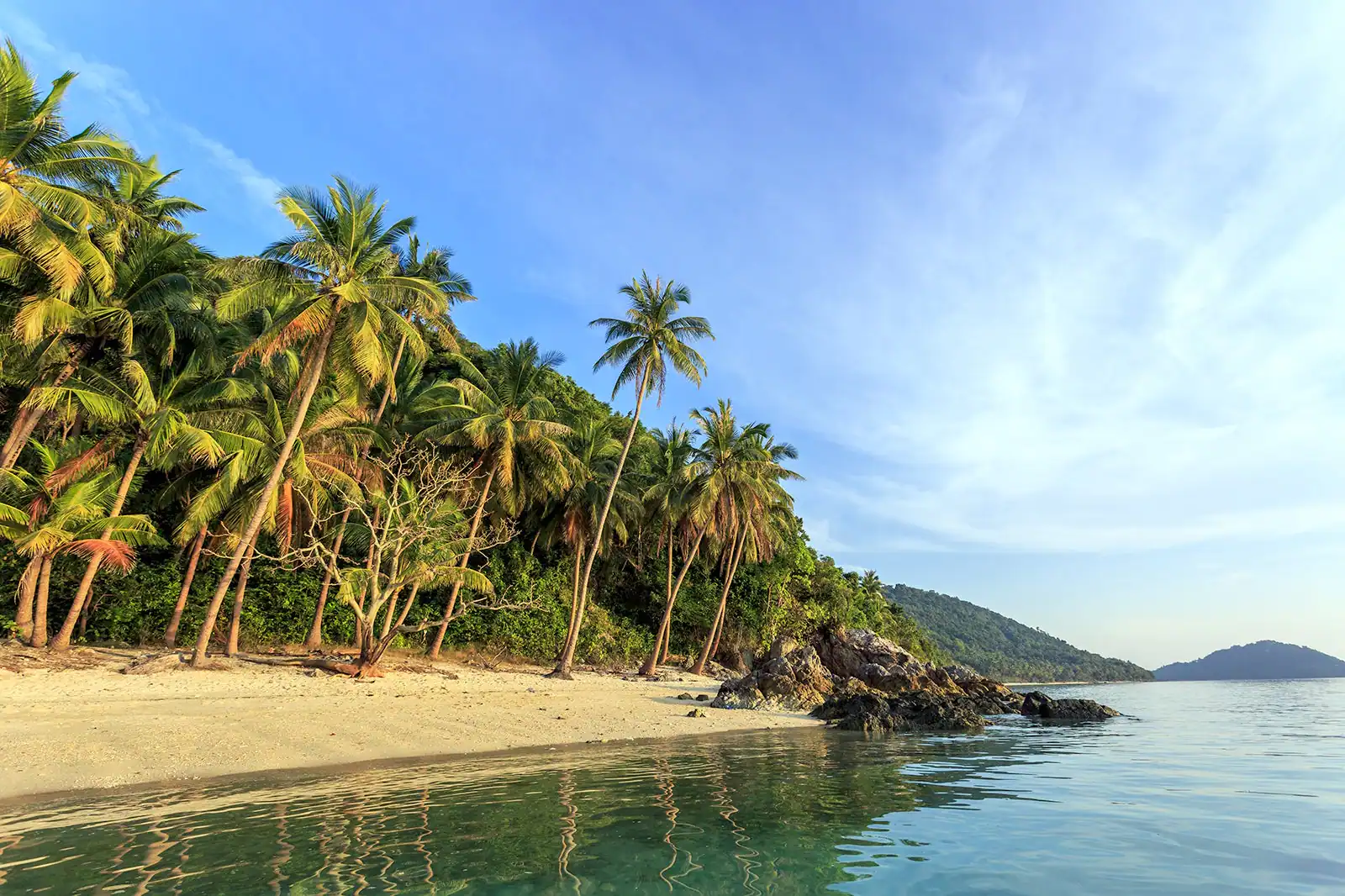

The Best Time of Year to Visit
The majority of travelers are looking to visit Koh Samui when it's warm, sunny, and dry – and preferably when the crowds are at their lowest. But while the monsoon rains might sound like a deal-breaker, the truth is that tropical storms are usually short, and you can still have an amazing trip, even if you have to seek refuge indoors for a couple of hours now and then.
Koh Samui, as with most places in southern Thailand, has two seasons – dry and wet. Koh Samui also has different weather patterns than the islands on the other side of the coast, so just because it's a good time to visit Phuket and Krabi does not mean it's the best time of year to visit Koh Samui.
Whether you're a backpacker, a luxury traveler, a diver, or a sun worshipper, Koh Samui has a time of year that is perfect for you. Whatever your plans are, here's a breakdown of the best times to visit Koh Samui.
If you want sunshine and pleasantly warm weather, the best time to visit Koh Samui is from December to February, which is the dry season. But dry season, understandably, is also high season, so it will also be busy during this time. That said, you won't see any rain. If you want to jump into the sea, explore the surrounding islands, or get on a boat for a tour, this is definitely the best time of the year to visit.
If you have a budget in mind and want to avoid the crowds, then you might want to arrive during the hot or the rainy season, which chase many visitors away but offer better prices and better deals.
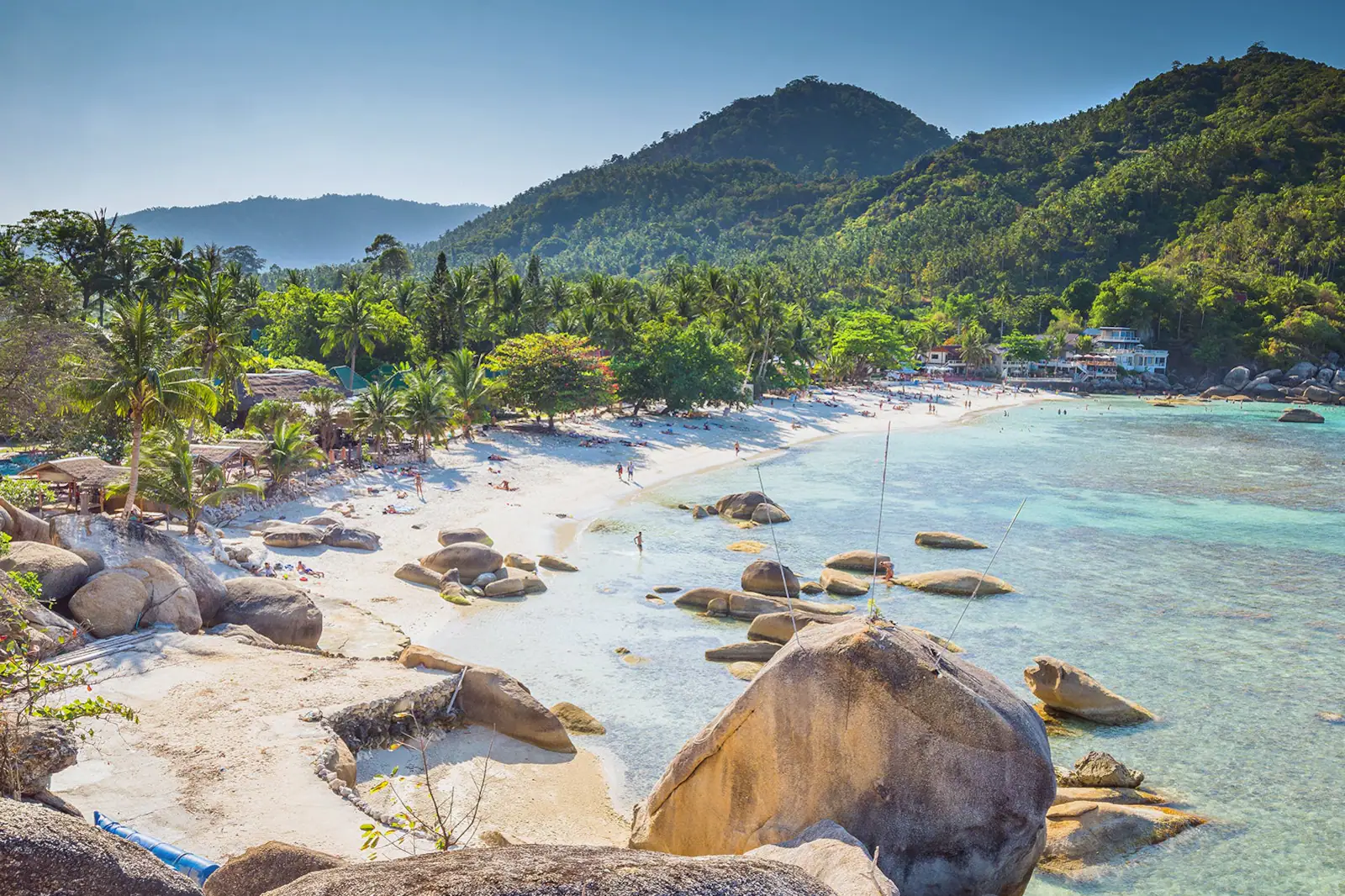
The Best Month to Visit
Koh Samui has much to offer no matter when you arrive on the island, but each month also brings some unique festivals and a change in the weather.
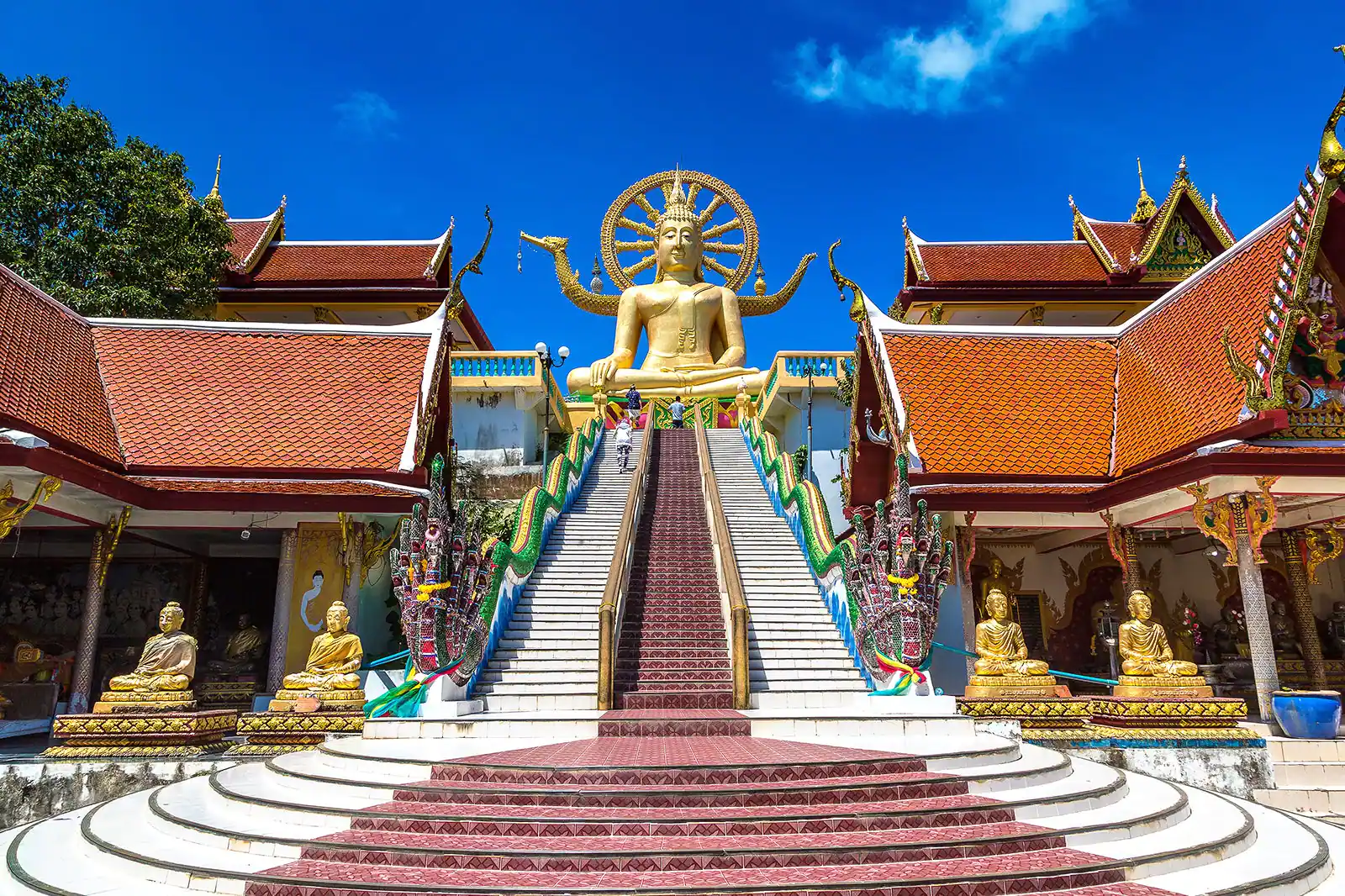
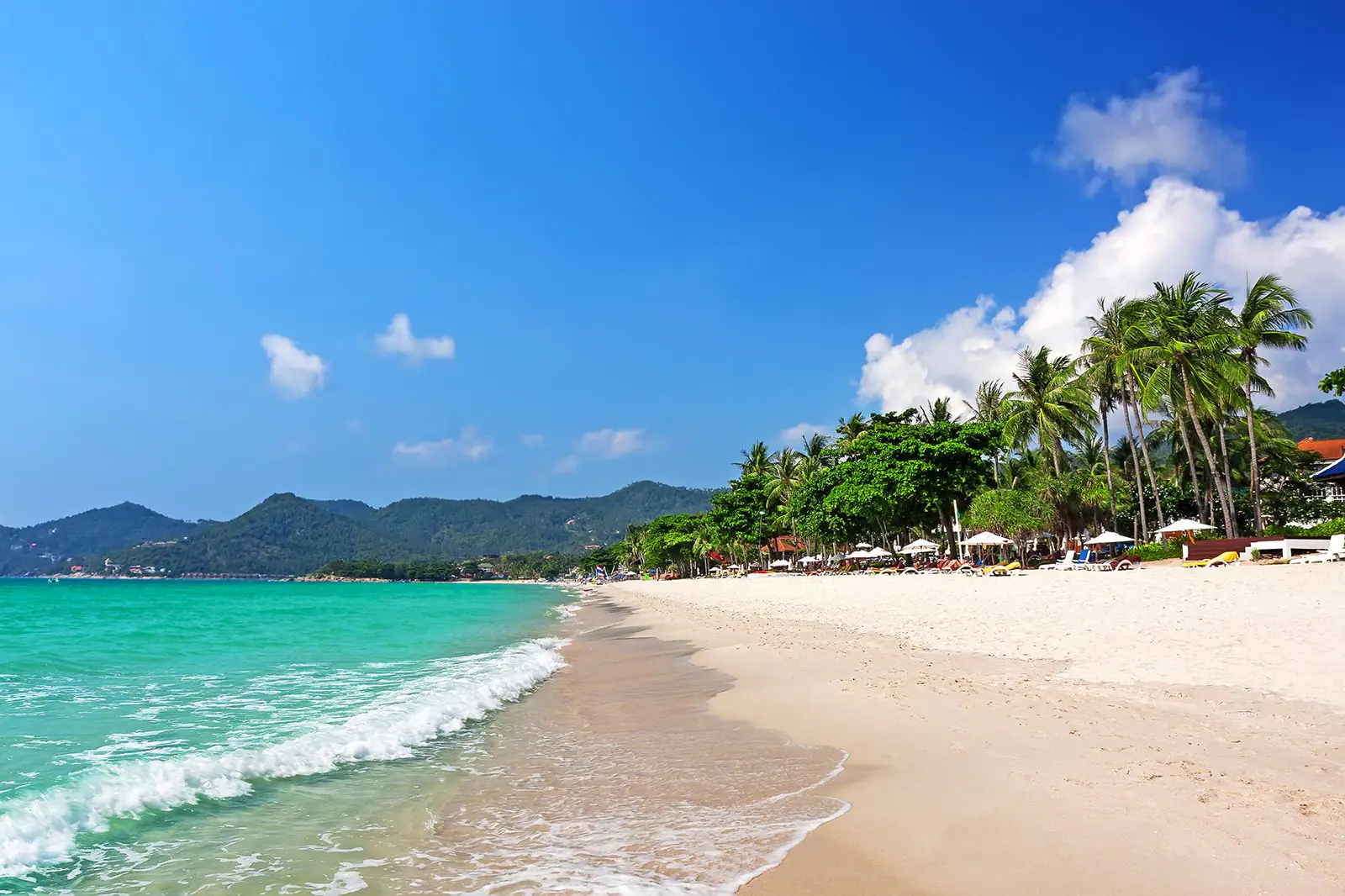
The Best Season to Visit
The best season to visit Koh Samui is entirely dependent on what you're looking for and what kind of adventure you want to have. The kind of budget you're working with and your tolerance of crowds can also factor greatly into the decision.
Dry Season
Dry Season (December to February): Dry season is also high season in Koh Samui, when rains stay away, and the temperatures are slightly lower (think 28 degrees instead of 35 degrees Celsius). This also translates to calmer waters, perfect for swimming and kayaking. Expect fully-booked hotels and lots of people on the beach.
Hot Season
Hot Season (March to August): Hot season means 30-plus-degree heat all the time and high humidity, with longs hours of sunshine and very little cloud cover. Though it rains in Koh Samui starting in May, it's usually in the form of short showers. This is the best time for snorkeling, diving, and kayaking and your best chance to spot whale sharks.
Rainy Season
Rainy Season (September to November): The off-peak season in Koh Samui coincides with the monsoon season, when strong tropical storms hit the island regularly. September is still relatively dry, but during October and November, it can rain for several days in a row, though there are usually many breaks in between, when the sun still comes out, so you can head to the beach to work on your tan. But for many people, a raging tropical storm is exciting, peaceful, and the perfect excuse to catch up on a good book while having views of the downpour from a dry, covered balcony. Many kayaking and snorkeling tour companies close during this season, as the waters get rough, and the Angthong Marine Park, a nature reserve, does not allow visitors in November and December.
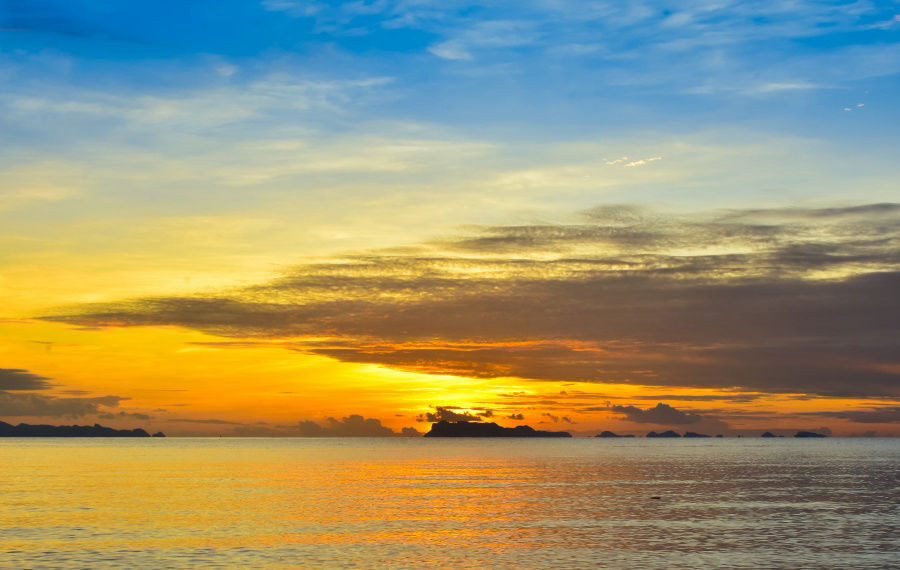
The Cheapest Time to Visit
October and November are the two cheapest months to visit Koh Samui, as most people stay away when the tropical storms arrive. As a result, hotels offer the best specials and there are plenty of airline discounts. If you're after the best deals, you might want to take a chance on the rainy months – monsoon rains come in short bursts and it doesn't rain every day, so you'll still get plenty of beach time.
The next best option for good deals is the heart of the hot season, especially the months of April and May. Humidity is high, and you might need to escape indoors for a while at the peak of the heat, but the hot weather also means smaller crowds and no rain, so you'll have much of the beach to yourself in the morning and late evenings.